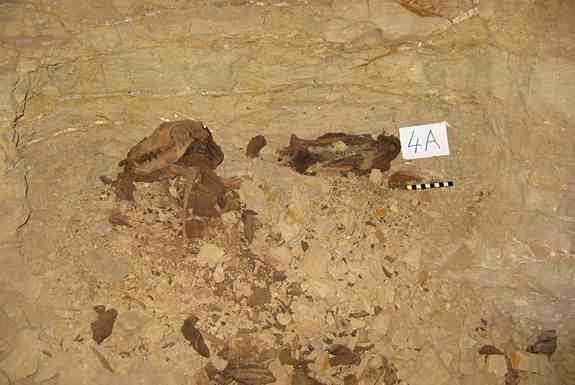Scientists have uncovered a catacomb from ancient Egypt that contained 8 million mummified dogs and puppies that most likely played a pivotal role in Egyptian culture and economy at the time.
These animal remains were discovered near the temple of Anubis who is the the ancient Egyptian God of Death that is in the form of an anthropomorphic dog in North Saqqara.
According to archaeologists from the University of Cardiff, these remnants provide important clues about burial practices in Egypt especially focusing on animal cults. This new study reveal findings about how animal cults play a crucial role in ancient Egyptian economy and the following periods.
This catacomb was apparently built some 2,500 years ago to honor the death god Anubis where it measures 568 feet in length and is 459 feet wide. Apart from dogs and puppies, there were cats, foxes, jackals and even mongoose and falcons however these animal mummies only contain 8 percent of the animal itself.
According to lead researcher Paul Nicholson, these animal mummies were probably made into offerings to their gods as a way to express their gratitude. Most of the mummies were apparently puppies that are just hours and days old when they were killed to transform them into mummy offerings that could have been specially bred under a cult.
Nicholson also revealed that these puppies were most likely killed via dehydration or starvation right after they were taken from their mothers. He says that they were not killed with blunt force since there is no solid evidence of broken necks that is common in cat burials.
The older dogs apparently had a more grand and elaborate burial where they also could have dwelt inside the temple.
This catacomb has been known since the 19th century however this new study analyzed the animal mummies' economic significance in ancient civilization.
He adds that these mummified animals were not just sacrificial offerings but are also part of a pious ritual where the mummy was seen as the intermediary between the worshipper and the gods.
This religious offering is seen across animal cults in ancient Egypt that existed until the Roman era where Saqqara became a busy tourist spot due to animal cults.
This study is published in the journal Antiquity.



























